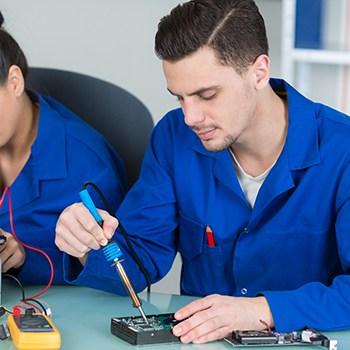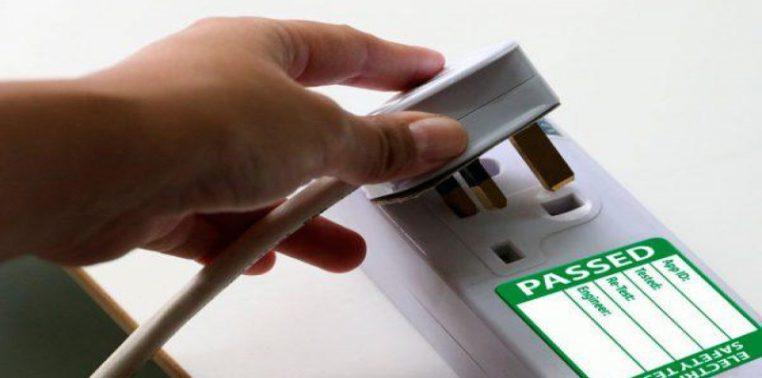It is not always easy to find a nice place to live in a nice part of the city. But when you do, you must be prepared for the following things to ensure that your move in process is smooth and your new home is worth the rent you are paying every month.
Always be prepared to spend more
When you have enough to move out and be on your own, you realize that there are hidden costs that you didn’t factor in when you saved for renting a flat. Landlords often want to run a background check and reference checks on their tenants and the cost of it will be passed on to you. Additionally, it is also likely that you would have to bear the admin fees and expected to pay a fatter deposit.
Electric goods included in the flat
It doesn’t matter if you have a furnished house or an unfurnished one, you must check what all your electrical items will be included in your rent and if they are all in working condition. If you need these things but are not included in your house rent, then you’ll need to add the cost of buying them into your renting decision. Make sure that electrical goods like toasters, refrigerator, dishwasher, kettle etc. are all in working condition.
Assess the house properly
Before moving in or signing the deal, you should check everything there is to check about the house such as leaks, moss, mildew growth, water pressure, floorboards, plumbing in the toilet, locks etc. Everything in the house should function the way it should. Don’t forget to ask about Landlords Gas and Electrical Safety Certificates. This is a legal requirement that your landlord must fulfill before renting their property to you.
Read the contract
It goes without saying how important it is to read the contract before you sign it. If you find anything in the contract that seems unclear, then now would be a good time to clarify. In fact, you should also make sure that all the agreements made at the time of renting offers have been included in the contract. The contract should also contain all the details regarding furniture, appliances, as well as the existing condition of the property. Make sure you check all of this before moving in.
Take a meter reading
When you rent a house, the first thing you should do as you move in is to check the meters and let your suppliers know. If you don’t do this, you would be responsible to pay even for the usage that had occurred before you moved in.
Believe it or not, landlords and agents may perform an inspection from time to time so make sure that your house is clean and well taken care of.
If you want your deposit on your way out, you must ensure that the place is looking the way it should and no long-term damage has been inflicted.



 Request Callback
Request Callback



